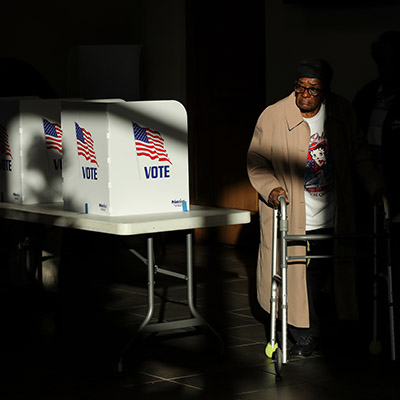MONTGOMERY, Ala. – Yesterday, Arkansas criminalized gender-affirming healthcare for trans and nonbinary youth.
The following statement is from Scott McCoy, interim deputy legal director with SPLC Action Fund:
“We are saddened that the Arkansas legislature has chosen to become the first state in the nation to successfully target transgender youth by prohibiting parents and physicians from providing transgender youth with safe, effective, and medically necessary treatments consistent with the current medical standards of care for the treatment of gender dysphoria in minors.
“These critically important decisions should be left solely to parents and children and their healthcare professionals following established standards of care, not a political agenda. The immediate override of the governor’s veto highlights the Arkansas legislature’s ignorance and intolerance, as they continue to make decisions that willfully jeopardize the physical health, mental well-being, and overall safety of transgender youth.
“The State of Arkansas should not interfere with parents’ and doctors’ treatment decisions when it comes to providing well-established and generally accepted healthcare for transgender youth, especially when such interference risks serious harm to the kids that need such life-saving medical treatment.”

